Review
Sorento drivers to get better value in update model
Soon after we took delivery of our Kia Sorento, an updated model was revealed, and more recently the prices and specification have been confirmed in the UK.
The updated model takes on some of the design language of the new EV9, and rather than two equipment grades (Edition – which we have and for a couple of years was the only grade – and the entry-level Vision), it reverts to the conventional Kia numbering system of 2, 3 and 4.
Although I’ve had some frustration with how our Sorento Hybrid performs on long motorway journeys, with fuel consumption there as the Mr Hyde to the Dr Jekyll of the short urban journeys, I have always thought it represented excellent value for money.
Under the new grade structure, the range-topping 4 would be equivalent to our Edition model, and P11D prices are around the same. But compared with our version, the updated Sorento comes with new “premium relaxation front seats”, electrically adjustable steering column, electronic rear-view mirror with camera-generated display, and fingerprint recognition.
All grades also benefit from a switch to USB-C charge ports (all of them in ours are USB-A), among other upgrades.
These are all welcome additions, but I never had any complaints that it was lacking in equipment. During the recent warm spell, I also had the opportunity to use the ventilated front seat function, and – if I were keeping the car for longer – could imagine deploying them frequently as we head into summer.
In general use, the safety alerts were quite intrusive, and I doubt the updates have made them any less so. And I thought the automatic dipping main beam function was a bit slow-witted.
But after more than 8,000 miles behind the wheel, where the Sorento took everyday life in its stride, was deployed to help swallow furniture and boxes to help with a house move, and with five trips to mainland Europe under its belt, it has proven itself to be a capable and comfortable companion.
As all you fleet operators seem to be obsessed with electric cars, I’ve decided to take the plunge and go fully electric for my next vehicle appraisal. It will be interesting to see if it shrugs off the typical challenges it will encounter under my custodianship as the Sorento Hybrid did.
Poor efficiency at higher speeds
I remain to be convinced that a small capacity turbocharged petrol engine is the best companion for an electric motor in a hybrid vehicle.
Our Kia Sorento, along with all the current Kia full hybrid and plug-in hybrid cars, as well as Hyundai’s equivalents, has an electric motor paired with a 1.6-litre turbocharged engine. Clearly this is a strategy that the management of the brands believes in.
It’s a philosophy used by many other car manufacturers, but there are a few exceptions. Toyota and Lexus pioneered full hybrids using an Atkinson cycle petrol engine and CVT automatic.
The engine is designed for efficiency rather than power, although the electric motor is on hand to mask any lag in acceleration.
It’s a combination that probably wouldn’t be favoured by driving enthusiasts, thanks to the initial high engine speed on acceleration, which then falls as the car’s speed increases. It sounds counterintuitive and there are no gearshifts.
But CVTs have long been proven to be the most efficient variation of the automatic gearbox, and as efficiency is a priority with a hybrid, many still use it.
And Ford has followed a similar path with its 2.5-litre full hybrid system in the Kuga, S-Max and Galaxy, combining a large capacity but efficient engine with an electric motor to achieve 190PS and zero-emissions driving over short distances.
The Sorento uses a 1.6-litre turbocharged petrol engine in its full hybrid system, plus one of those dual-clutch transmission automatics that everyone seems to like. The total power output is 227PS. I mentioned previously that the engine seems rather small for a vehicle with the Sorento’s mass and dimensions, and I’m certainly noticing the shortcomings on motorway journeys, although driving in mainland Europe with slightly higher speed limits than the UK has made the problem worse.
I’ve also spotted some sound deadening material in the front wings, visible with the front doors open, presumably to counter the effects of vibration from an engine that sometimes has to work quite hard.
An indicated 30mpg from a recent two-hour stint with speed limits of 75mph and 81mph are rather sobering. Yes, I’m driving a two-tonne, seven-seat SUV, but with that kind of efficiency, it might as well be powered by a V6 petrol engine.
I’ve tried toggling between the ‘eco’ and ‘smart’ modes when I have a route set in the sat-nav, but I can’t really detect much of a difference.
And you could say I should have chosen the diesel, and yes, that would have substantially better efficiency on the motorway than this hybrid. But most of you reading this probably don’t have many diesel cars on your fleets any more, and the number of full hybrids you’re choosing is also declining.
I suppose the conclusion is that Toyota and Lexus still produce the best hybrids, in that they seem more fit for purpose with acceptable results.
Unique appeal
The Sorento has racked up more than 4,000 miles during my three-month custodianship so far, with two trips abroad and numerous journeys, long and short, in the UK.
Apart from the driver alerts being a little too intrusive, as reported last time, there hasn’t been too much that could be faulted in its performance or capability.
But it did get me thinking about what else would be available for the same kind of money.
Perhaps the most obvious is the Hyundai Santa Fe, from Kia’s sister company, similarly offered with seven seats, four-wheel drive and a hybrid powertrain., should customers so choose
Our Sorento Edition has a higher specification than the soon-to-be-replaced Santa Fe Ultimate, but also a slightly higher P11D price. However, on run-out, the Hyundai has heavier depreciation than the Kia and might not be the best alternative with a striking new model looming.
The Nissan X-Trail is available with seven seats, and a curious electrified powertrain (where a small engine charges a battery that powers an electric motor to drive the wheels), but it isn’t quite as roomy as the Sorento, and – if a full hybrid would not be your first choice of powertrain – lacks alternatives that would appeal to other drivers. There’s no plug-in X-Trail, for example, nor is there a diesel.
Toyota’s RAV4 is one of the best SUVs on the market, is less expensive than the Sorento, and offers the choice of full hybrid or plug-in hybrid, but there is no seven-seat version here. For that, you need the more expensive Toyota Highlander, which was extremely competent, if pricey, but, as my use of past tense indicates, that car is no longer on sale.
Premium badge seven-seaters, such as the Land Rover Discovery Sport and Mercedes-Benz GLB aren’t quite as practical and can’t match the Kia’s value for the price.
The full-size Land Rover Discovery is staggeringly expensive compared with the Sorento, while the electric version of the Mercedes-Benz GLB is a good chunk more money than the Kia, and thanks to its EV powertrain suffers heavier depreciation as the used market has switched off from large electric cars, and is cautious about EVs in general.
So for the moment, the Sorento Hybrid occupies a privileged position of offering a good balance of practicality, fuel economy and costs, while if people want diesel or plug-in hybrid versions, they are available too.
Taking safety seriously
Safety is a high priority for any business running a fleet. And since car manufacturers have been routinely been ranked for their crash performance, it can also help sell vehicles.
More recently, Euro NCAP, which conducts official crash tests in Europe, has added the incentive of increased scores in crash performance for various safety aids.
And, as some of the gadgetry is part of the make-up of the future goal of some form of autonomous driving, it has become relatively common.
Cameras that look at the road ahead and detect markings and speed limit signs are one of the reasons a simple windscreen replacement can now result in a necessary recalibration of ADAS tech on a vehicle.
Our Kia Sorento Edition comes with lane-keeping assistance as well as a warning for veering too close to the markings. It also has adaptive cruise control, as well as collision warning and autonomous emergency braking. It has a blindspot alert, and warns the driver not to reverse out of a parking space when unsighted people or vehicles are approaching.
Most of this comes with accompanying audible warning, and it can be quite intrusive. Woe betide the driver who switches on the ignition without first fastening their seatbelt.
Eardrums can be subject to quite the cacophony during a relatively short journey, and although the driver is allowed to select lane-keeping assistance themselves, without it being on by default, the subtle corrections to direction felt though the wheel can be unnerving for those trying it for the first time.
And then it’s not so difficult to understand why so many drivers are turning these safety systems off before they drive anywhere.
This would go some way to explaining why perhaps when these driver safety aids now have a strong presence in vehicles registered in the last 10 or so years, the expected reduction in incidents on the road has been stubbornly absent.
While we often have the choice to turn off some of these systems, surely the goal ought to be to program them to work more harmoniously with drivers.
There is so much noise from the various alerts that even the start-up and shut-down themes when using the power button can become wearing.
Some of this technology has a real tangible benefit, particularly the blindspot warnings and the rear traffic alert, and Kia is definitely taking safety seriously by offering this whole suite of items as standard on the Sorento Edition.
After 3,500 miles, the Sorento is still performing well and has only suffered 30 minute of downtime as a result of a windscreen stone chip repair, which was remedied by an Autoglass technician carrying out the work at my home.
We haven’t really seen much of winter yet, and although the Sorento is wearing the factory-fit Continental rubber, the all-wheel drive active whether powered solely by electric or with the engine running ought to offer a little extra security on the road.
Fuel efficiency better than expected
Diesels have usually been better suited to the type of driving that I do. Often high mileage, using motorways. While the internal combustion engine – regardless of fuel – is working relatively efficiently at steady high speeds in its highest gear, diesel power is truly in its element.
It’s surely one of the reasons that, tied to a favourable tax regime, it became a strong favourite of company car drivers and fleets.
Likewise, hybrids come into their own in urban environments. Low average speeds and a great deal of regenerative braking helps the battery and electric motor dominate the deployment of power, and fuel consumption is extremely low compared with pure petrol or diesel cars.
It was quite the challenge for my Sorento Hybrid to set off on a long journey into Europe a few days after I took delivery.
It was a journey I had driven in my previous car – a diesel Jaguar F-Pace – which relished several hours on 130kmh and 120kmh motorways heading towards the Netherlands. The length of the journey is comparable to driving from the Midlands to Dundee, and well over 95% of it is sitting on motorways.
Hybrid technology has improved in the 25 years since it made its debut, and Toyota and Lexus, tending to use a normally aspirated lean-burning Atkinson cycle engine in conjunction with a CVT gearbox and powerful electric motor.
Kia has taken a different route with some of its models, and its hybrid SUVs use a turbocharged 1.6-litre engine with electric assistance. The gearbox is a seven-speed dual-clutch transmission, which is preferable for driver engagement, and sounding more ‘normal’ when accelerating.
I mentioned previously that Kia also produces a 200PS diesel version of the Sorento, but with diesel being increasingly marginalised in new car sales at the expense of what we used to call ‘alternative fuel vehicles’, we felt choosing the hybrid was probably more representative of a typical buyer.
And fuel economy wasn’t quite as bad as I feared on my long trip. The car is refined and performance from the hybrid powertrain (227PS combined) ensure it never feels slow, or wrong-footed when you need an extra blast of power for overtaking.
It calculated at 37.7mpg for the near 800-mile round trip, whereas my diesel Jaguar was around 5mpg better.
But I’ve also discovered on local journeys from my village to a nearby town that it will achieve around 45mpg, and no large, seven-seat SUV has any business doing that.
Kia Sorento Hybrid Edition joins our fleet
Kia has undergone something of a transformation with each successive generation of cars. I’m old enough to remember the European media launch of the original Sorento, a more authentic off-roader than the model that has just joined our fleet, with a separate chassis and a simple choice of four-cylinder diesel or petrol V6.
Now, 20 years later and we’re approaching the mid-life of the fourth-generation model, launched in 2020. A four-cylinder diesel option remains, but likely to have more appeal for urban dwellers are either the Hybrid or Plug-in Hybrid.
Prices for the Sorento in 2023, until the recent introduction of the entry-level Vision grade, started at just under £50,000 for the diesel, with the Hybrid commanding a small premium, and Plug-in Hybrid at £59,995 on the road.
The Vision variants, with a less generous equipment list, bring down the pricing by round £4,500.
A lavishly equipped Sorento Hybrid Edition is more in line with what I’m used to driving, having been in a Jaguar F-Pace R-Dynamic Black immediately before the Kia.
The Jaguar was the D200 four-cylinder diesel, but rather than switch to a diesel Kia with equivalent power, I decided to choose the 1.6 T-GDI petrol-electric full hybrid (or ‘self-charging’ as they have recently become known).
The Kia’s OTR price is not that far away from the Jaguar, so one of its task will be to demonstrate how close the experience of driving and owning a model from this mainstream brand has become to that of a premium-badge car.
it does rather better than the Jaguar for versatility, with its three rows of seats (JLR customers need to turn to the Land Rover badge for such practicality), and as well as heated and ventilated front seats, the two outer second-row seats are also heated.
My F-Pace had a panoramic roof, which the Sorento trumps with an opening sunroof section, and while JLR’s Pivi Pro multimedia interface is intuitive and clear, the Sorento’s touch-screen display is less slick.
The Kia comes with a 12-speaker Bose audio system as standard, and a customisable head-up display, a 360-degree monitor for parking, plus visible and audible blindspot warnings. There’s also some remote parking functionality, which I’ll experiment with them I’m brave enough.
First big test will be a long drive abroad using mainly motorways, and I’ll be curious to see whether hybrid technology can muscle in on diesel’s USP.
Author:
Simon Harris
Contributor
Specs
| Manufacturer | Mazda |
| Model | Mazda3 |
| Specification | Mazda3 Fastback 4Dr 2.2d SKYACTIV 150 DPF SS €6 SE-L Nav 6Spd 14MY |
| Model Year | 0.00 |
| Annual VED (Road tax) | £0 |
| BIK List Price | £21,790 |
| CO2 | 104g/km |
| BIK Percentage | 20% |
| Insurance Group | N/A |
| CC | N/A |
| Fuel Type | Diesel |
| Vehicle Type | Small family car |
| Luggage capacity (Seats up) | 5litres |
Running Costs
| P11D | £21,790 |
| Insurance group | N/A |
| Fuel Type | Diesel |
| Cost per mile | 72.11ppm |
| Fuel | 7.02ppm |
| Depreciation | 63.03ppm |
| Service maintenance and repair | 2.06ppm |
Rivals
Info at a glance
-
P11D Price
£21,790
-
MPG
72.4 -
CO2 Emissions
104g/km -
BIK %
20% -
Running cost
3 Year 60k : N/A 4 Year 80k : N/A -
Fuel Type
Diesel



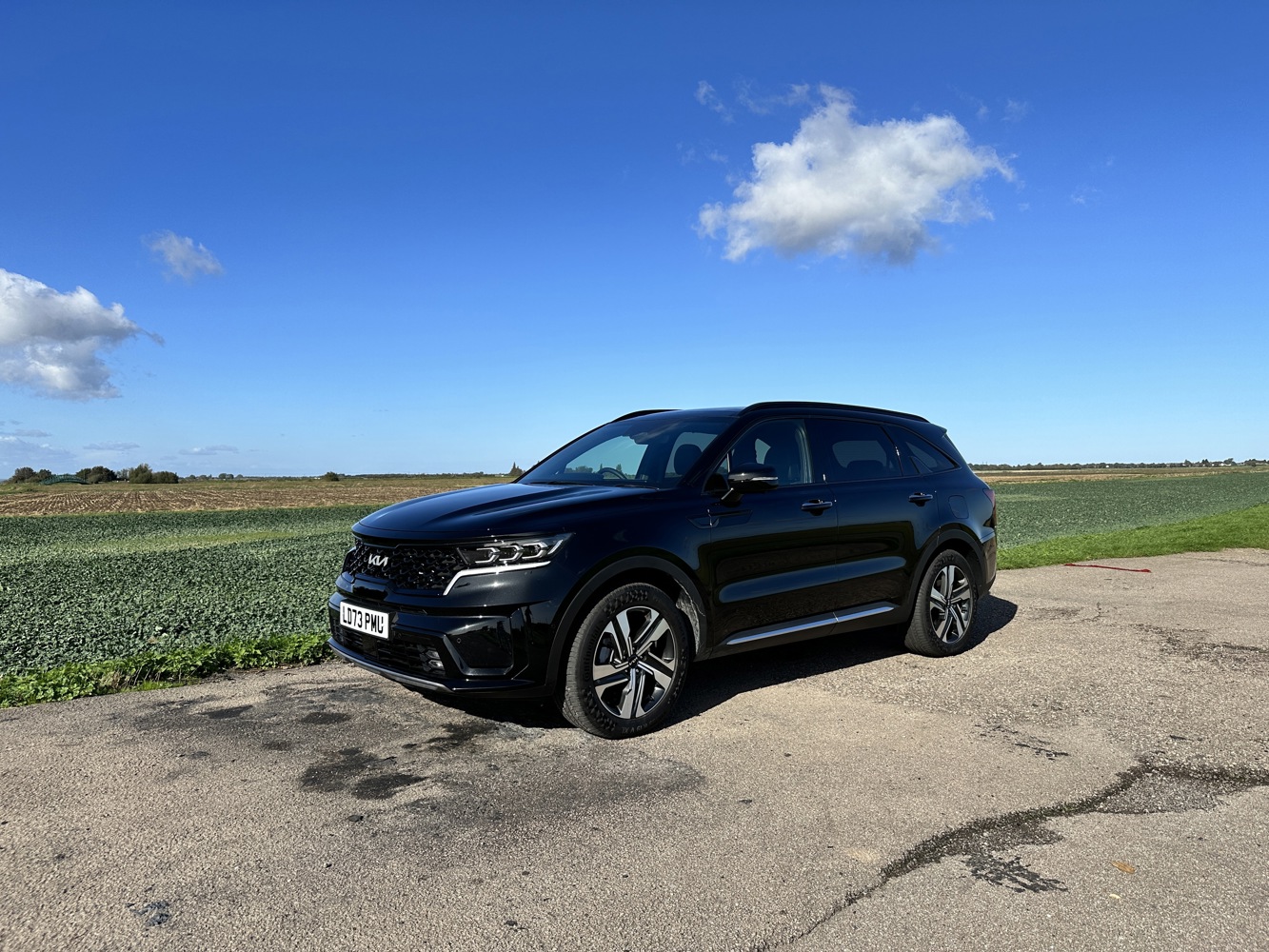





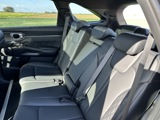
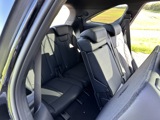


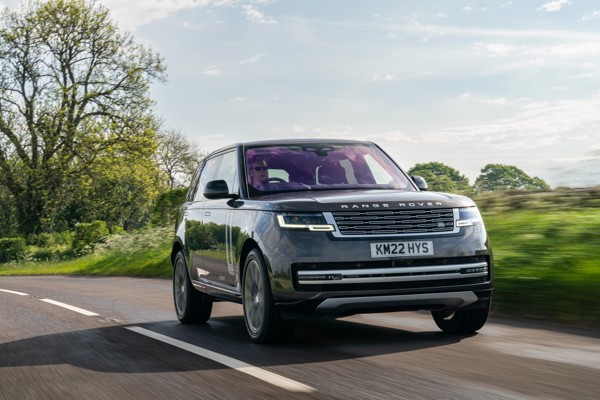
 Petrol Hybrid
Petrol Hybrid
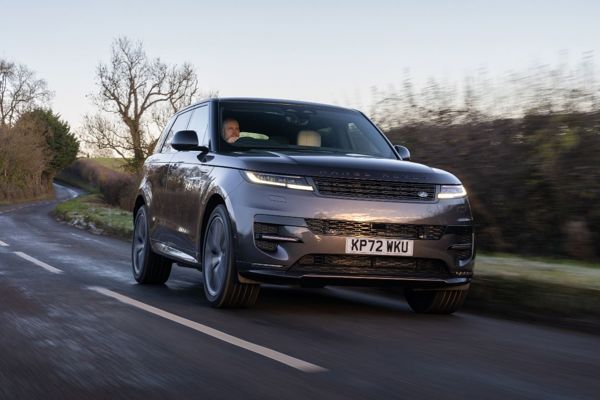

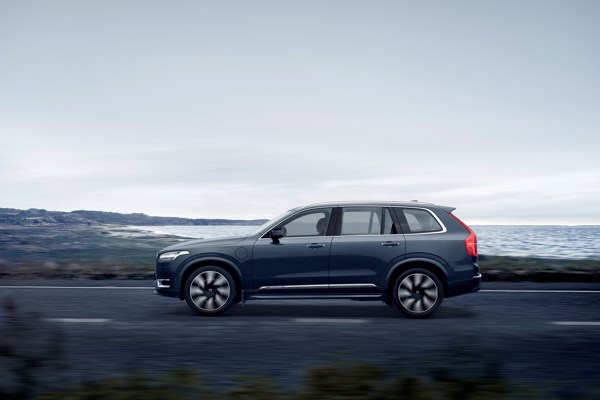


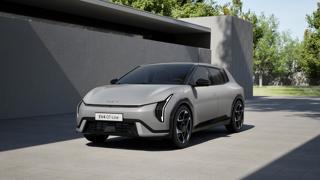
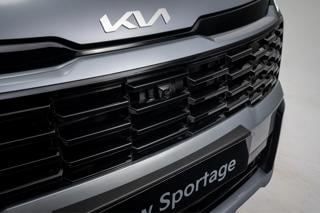

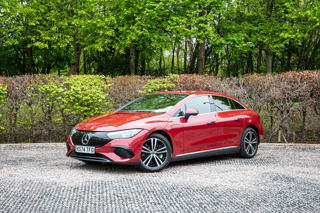
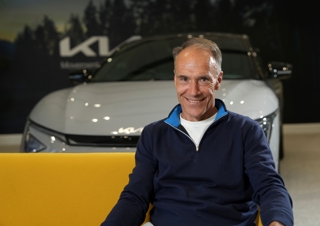












Login to comment
Comments
No comments have been made yet.